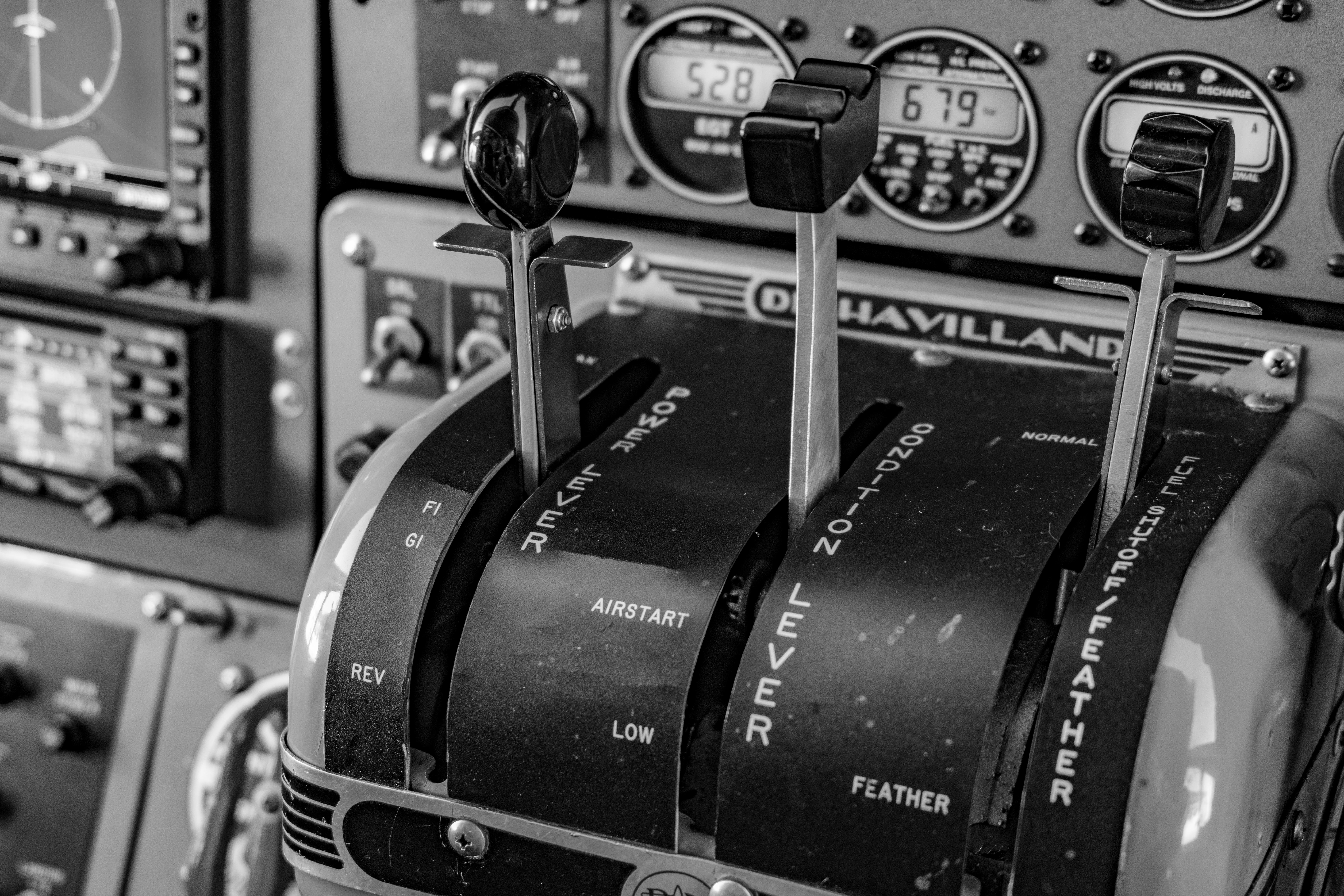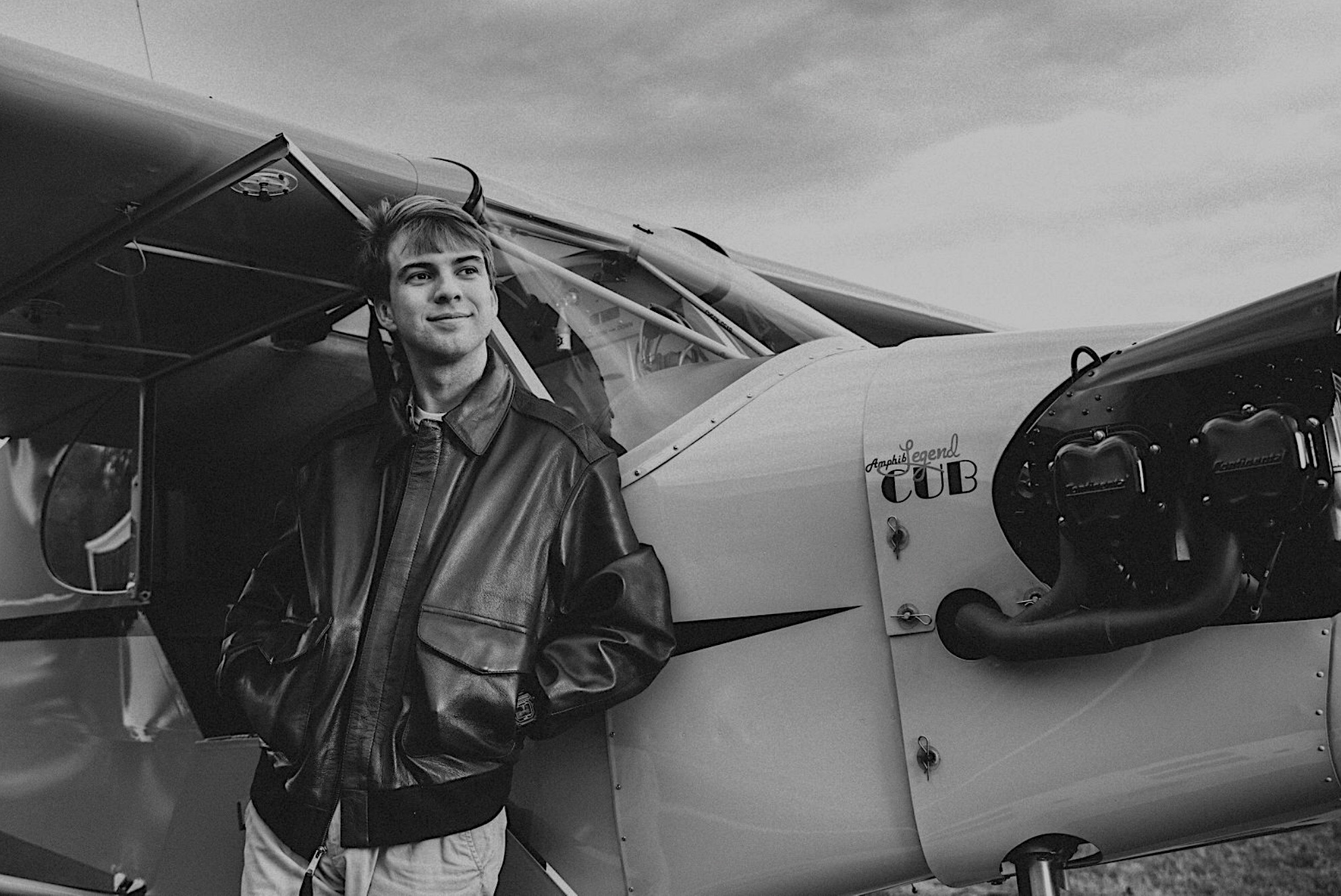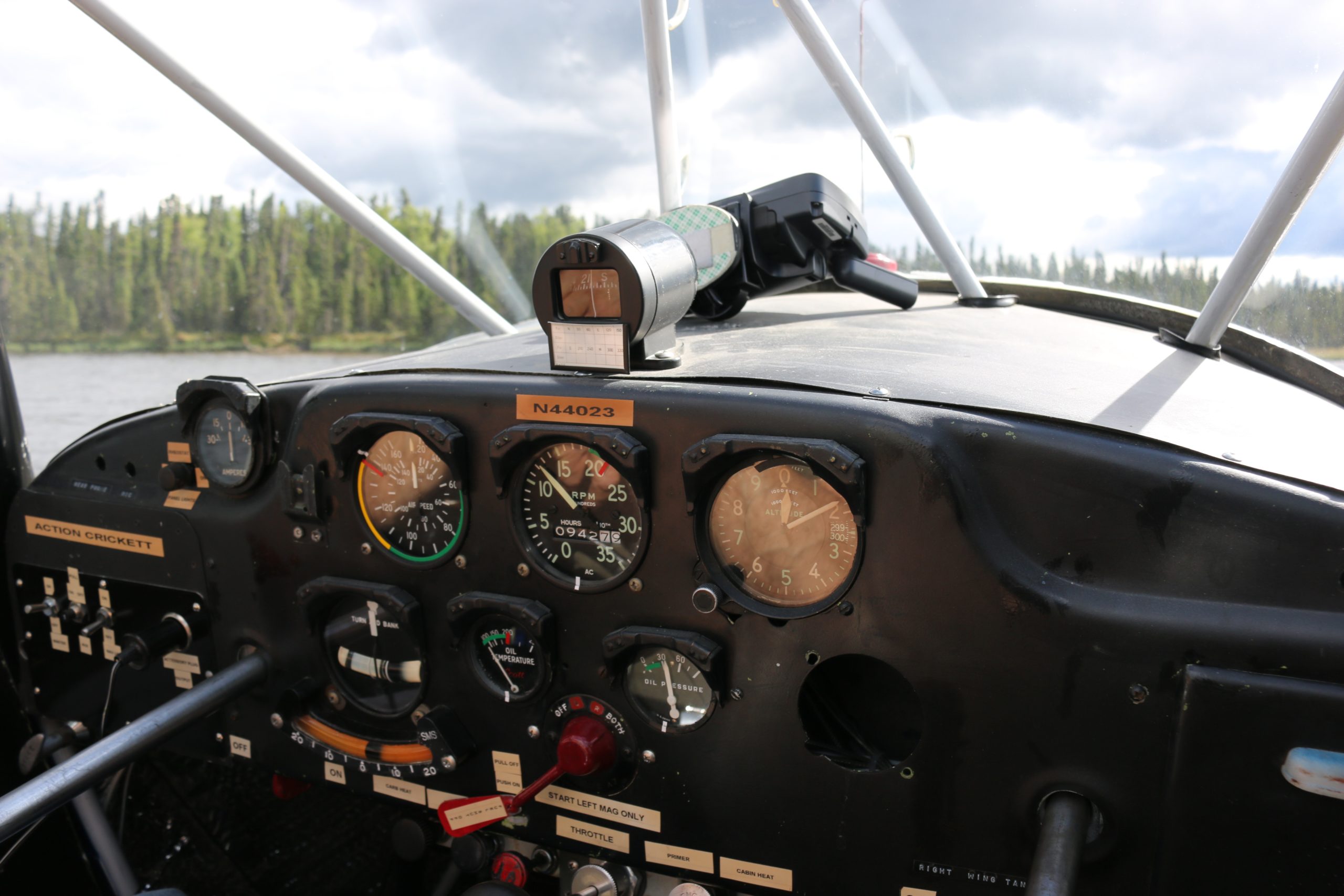
Did the plane you trained in have no manifold pressure gauge? Simpler times. But as you’ve progressed in your training you are in the world of constant speed propellers. Now the manifold pressure gauge is staring you square in the face every time you reach for the power and you have no clue what it means. You are not alone. Today we are going to discuss what manifold pressure is, its relationship to the Pilot’s Operating Handbook (POH), and what causes high manifold pressure.
What is Manifold Pressure in an Aircraft?
The manifold pressure gauge in an airplane measures the pressure of the fuel/air mixture within the intake manifold of the engine. An intake manifold is a small tube that distributes the fuel/air mixture into the engine’s cylinders during the intake stroke. It is measured in inches, just like a barometric pressure gauge. At this point, you might be wondering why we care about this.
Dwayne “The ROCK,” Johnson said it best: “It’s about drive. It’s about power.” Without this gauge in a constant-speed aircraft, it would be difficult to determine the power the engine is producing.
Those coming from the fixed-pitched world might be tempted to point to the RPM gauge and say “but what about this?” Slow your roll partner and remember what that gauge is telling you: the revolutions per minute. In a fixed-pitch propeller, the engine and propeller are working in tandem, but in the constant speed world, the engine can produce significantly more power, while the RPM’s remain constant. If the prop governor (blue) is holding the RPM’s constant then we need to find another way to understand what the engine’s power is. That’s where a manifold pressure gauge comes in handy.
If you look at the manifold pressure gauge when the engine is turned off you’ll notice it reads the barometric pressure. That’s because when the engine isn’t turning, there’s not a vacuum being created. It’ll just read the outside pressure because it’s nothing more than a pressure gauge.
A Tale as Old as Time: Manifold Pressure and your Pilot Operating Handbook
Some things in life need others to exist. Peanut butter and jelly; Yin and Yang; old dogs and rocking chairs; Airbus and Boeing. Well, let’s add one more to that list: your manifold pressure and your POH.
On the internet, you will find an impressive number of articles written by some very intelligent people telling you what your manifold pressure should be. They’ll use impressive terms such as “oversquare” and “on square” and dazzle you with their impressive knowledge of your engine… Don’t listen to them for one second.
The best person to listen to regarding your manifold pressure is your manufacturer, and that information is found in the POH. The POH will prescribe the amount of manifold pressure, RPMs, fuel flow, and resulting true airspeed depending on the pressure altitude and what percentage of power you want your engine to perform.
Here’s an example of the page I’m talking about. When you want the airplane to perform at 65% of its power, and your pressure altitude is 8,000 feet and it’s -36degrees up there you should set your RPMs to 2450, your manifold pressure to 19.5 inches, fuel flow to 11.5 GPH, and you will approximately travel at 157 TAS.
This chart is crucial. Make a copy, laminate it, highlight it, and put it in the side pocket of your cockpit. The last thing you want is to be up at 6,000 feet pressure altitude trying to remember from memory what your three levers should be indicated.
What Causes High Manifold Pressure in an Aircraft?
A question we often get is “what’s worse, manifold pressure too high or too low?” The answer is both. If the manifold pressure starts to increase beyond the normal range it likely indicates one thing: the engine is being overworked. It’s likely the piston rings are being worn down and allowing excess fuel/air mixture into the intake, reducing efficiency.
In a situation where the manifold pressure starts to slip lower than normal… you have something obstructing your intake valve. Ice? Let’s hope not, but remember the manifold pressure gauge is an instrument of power. If this is happening your engine is not generating enough power. It can be dangerous. This is especially bad when operating from short fields or in hot environments.
If you are having a hard time understanding the relationship between manifold pressure, RPMs, and overall engine performance check out our Online Private Pilot Ground School. If there’s one thing Alaskan pilots need to know, it’s about their engine performance. That’s why all our instructors, are experts on this subject and can help you master learning about the engine.
My Manifold Pressure Dropped Suddenly, What Do I Do?!
Here’s a cautionary tale from one of my stupider mistakes. One hot July day I took off from Nashville’s John Tune airport and headed down to the Big Easy; New Orleans. Flying out of the heart of country music I had to be in jeans, cowboy boots, and a leather jacket during the walk around in the hot Tennessee summer sun. (Man did I look cool) I worked up quite a sweat in the preflight of the Cessna 182. However, through all the preflight and run-up the plane worked perfectly. On takeoff out of Nashville, I got the rare “cleared direct up to 8,000 ft.”
At around 6,000 my trouble began. I had turned the plane over to the autopilot, which I allowed to put me in a 600 foot per min climb. Power and RPM’s set for climb per the POH. Then all of the sudden I hit a patch of moderate turbulence. Next thing I know the bottom fell out of the manifold pressure. The engine was dying. I panicked. “Here it is. My first engine out.”
Immediately I grabbed the plane from the autopilot and put a death grip on the throttle. To my sudden surprise, the throttle was almost wide open. I looked down, puzzled, and pushed the black rubber lever forward. As I did, the engine came back to life with a roar. “What on earth just happened?” I thought.
Little did I know, but I had created a perfect storm for my throttle to slide out on me. A sweaty hand coating the governor during runup, a climb rate that put me at a high pitch, moderate chop, and most importantly a throttle friction lock that was not properly tightened.
How To Avoid Loss of Pressure
My big takeaways to avoid a loss of manifold pressure were two-fold: most importantly, always keep your hand on the throttle in a bumpy climb and make sure the throttle friction is tight to avoid the inadvertent sliding of the manifold pressure.
It was a silly mistake that honestly left me thankful nobody else was with me to watch me do something so stupid, but lesson learned.
What is manifold pressure is a tricky subject not often taught in some flight schools that teach in fixed-pitched aircraft. However, once you transition into a constant speed plane your entire world will revolve around RPMs, GPH, and the manifold pressure inches. Again, if you are having trouble grasping this concept, nobody is better at explaining and understanding engine performance than Angle of Attack’s Alaskan Bush Pilots. Check out our Online Ground School and you and your engine will both be humming on your merry way!

Michael Brown grew up flying on the banks of the Tennessee River in Chattanooga, TN. He obtained his private pilot’s license in high school and has instrument and seaplane ratings. Michael graduated from Texas Christian University, where he founded the school’s flying club, with a double major in Business and Communications. He is currently a law student at Tulane University, studying transportation law. Michael was named the Richard Collins Young Writing Award winner and has had his legal writing recognized by the American Bar Association’s Air & Space Subcommittee. When he is not flying or studying, Michael enjoys riding his bike and cheering on his Atlanta Braves.

Stay Connected
Be the very first to get notified when we publish new flying videos, free lessons, and special offers on our courses.






